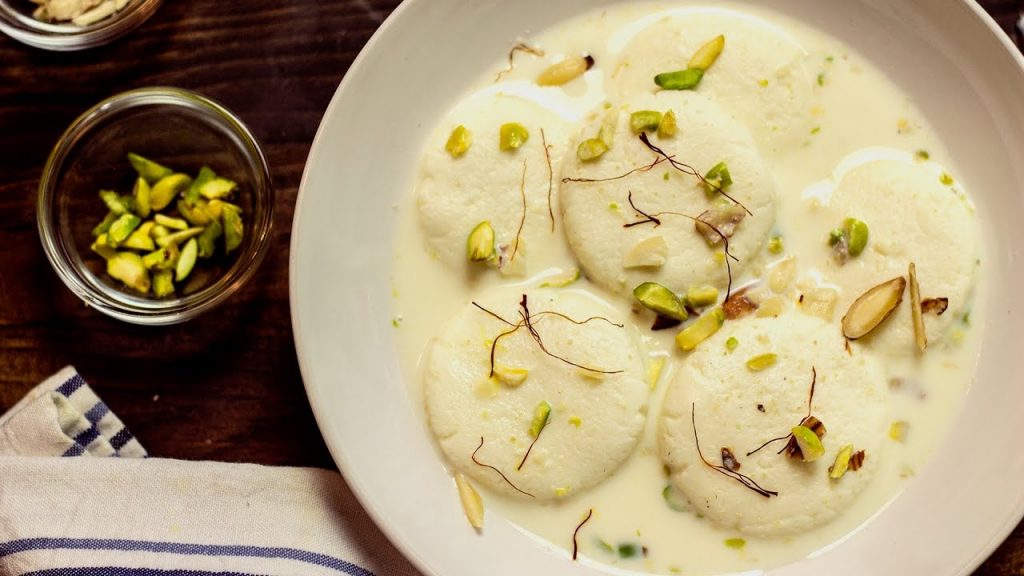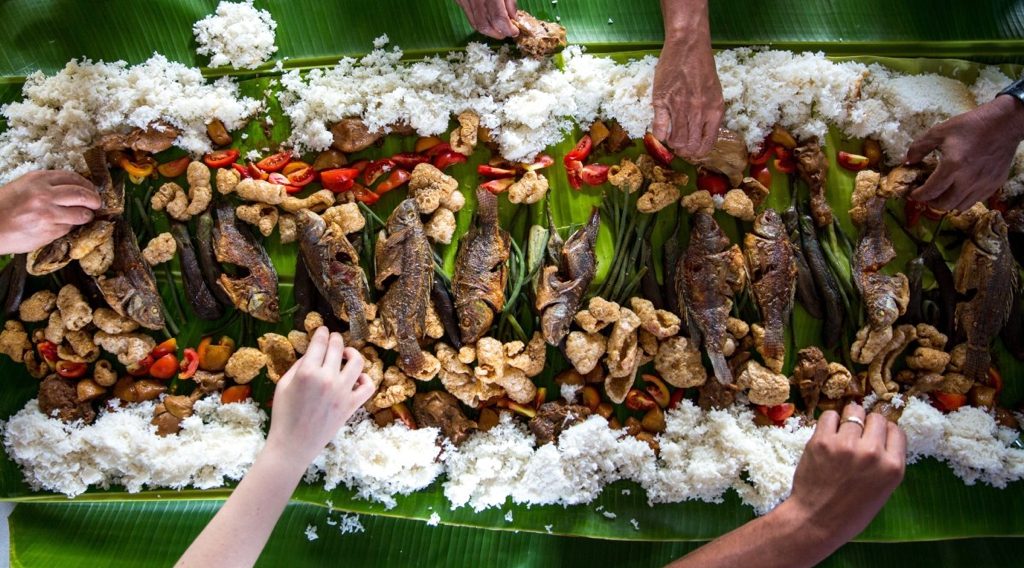Indians are known as the most colourful and vibrant community in the whole world. To them, life is a celebration and nothing is more celebratory than eating sweets.
For most Malaysians, we usually assume that the thick, sticky jelebis and round, fluffy ladoos are the only sweet options for Indians to munch on, especially during big festivals such as Deepavali and Thaipusam. In fact, there is one dish that is so commonly available in most banana leaf joints as well as curry houses that we seem to forget about its existence and the significance behind its creation.
The Origins of Payasam
Payesh, Payasa, Phirni, Kheer. One dish with a million names, Payasam is an Asian twist of rice pudding that are basically being made by boiling rice or wheat in milk and sugar. So simple yet there is so much more to it than just a dessert.
In South India, a payasam variation called paal payasam or milk curd is served as an offering to the Gods in Hindu temples during rituals and ceremonies such as the Tamil New Year and Thaipusam. However, that does not mean you can only get this sickly sweet goodness during special occasions.
It is the norm of any Indian curry house or banana leaf joints, be it in Malaysia or India, a meal is not complete without a small pewter cup filled with payasam to the brim. For Indians, it is custom to end a satisfying meal with something sweet.

Payasam ala Tifin by Kumar
In conjunction with the Thaipusam celebration, we feel it is just appropriate and timely for us to share a paal payasam recipe that is so simple yet utterly delicious, you cannot resist but make it again and again.
Our friends at Tifin by Kumar heard that we were searching for the best paal payasam recipe and the next thing we know, we were at the restaurant shooting and writing down the recipe.
Want to see how easy it is to make this sweet dessert, check out the recipe below!
Prep Time
15 mins
Cooking Time
25 mins
Serving Size
10 small individual bowls
Ingredients
- 300ml of fresh milk
- 20g (1 1/2 tablespoons) ghee
- 50g cashew nuts
- 100g of vermicelli
- 100g palm sugar
- 50g sago
- 5 liter water
- 40g (3 tablespoons) refined sugar
Method
Preparing the payasam
- Boil 1.5 liters of water in a medium-sized wok on medium high heat.
- Wait until the water is boiled, roughly between 2-3 minutes.
- Put the sago in. Stir occasionally to ensure the sago is fully immersed. Wait the sago to expand within 5-10 minutes.
- Put in the vermicelli once the sago is expanded.
- Once the vermicelli is soft, add in the palm sugar. Put 2 tablespoons at a time. Add more once the palm sugar has dissolved.
- Let the liquid boil and reduce.
- Put 3 tablespoons of refined sugar.
- Put half of the milk first. Let the liquid reduce before adding in the rest of the milk.
- Taste to see if more refined sugar is needed. If you want your payasam to be sweeter, add another half tablespoon of refined sugar.
Extra tips
- Add in an additional 50ml of water into the broth if the consistency is too thick or sweet for your liking.
- If your payasam is not sweet, add in 1/2 tablespoon of refined sugar.
- If you want your payasam to have a deeper caramel colour, replace the 1/2 tablespoon of refined sugar with palm sugar.
Preparing ghee-coated cashew nuts
- Take a skillet and placed it on medium heat. Put the ghee in and melt it.
- Add in the cashew nuts. Stir so that the nuts are coated evenly with ghee. This process takes about 5 minutes.
- Once the nuts are ready, turn off heat and set it aside.
Extra tips
- If you want your cashew nuts to taste even more delicious, add 1/4 tablespoon of ghee.
- The cashew nuts is ready when the colour of the nuts turn golden brown.
Serving the payasam
- Put the ghee-coated cashew nuts into the payasam broth. Stir to mix.
- Taste again. If you are happy with the consistency and taste, turn off the heat.
- Serve in small individual bowls or in a big tureen.
How was it? So simple and easy!
Malaysia is all about food and unity. Call your Indian friends over and set to impress them with a bowl of hot paal payasam. Let us know what is the results and do share some pretty pictures of that payasam of yours with us. Don’t forget to put the hashtag #butterkicap!
But, if your payasam does not turn out exactly as expected, check out our video and see where you did wrong the first time. Happy trying!



